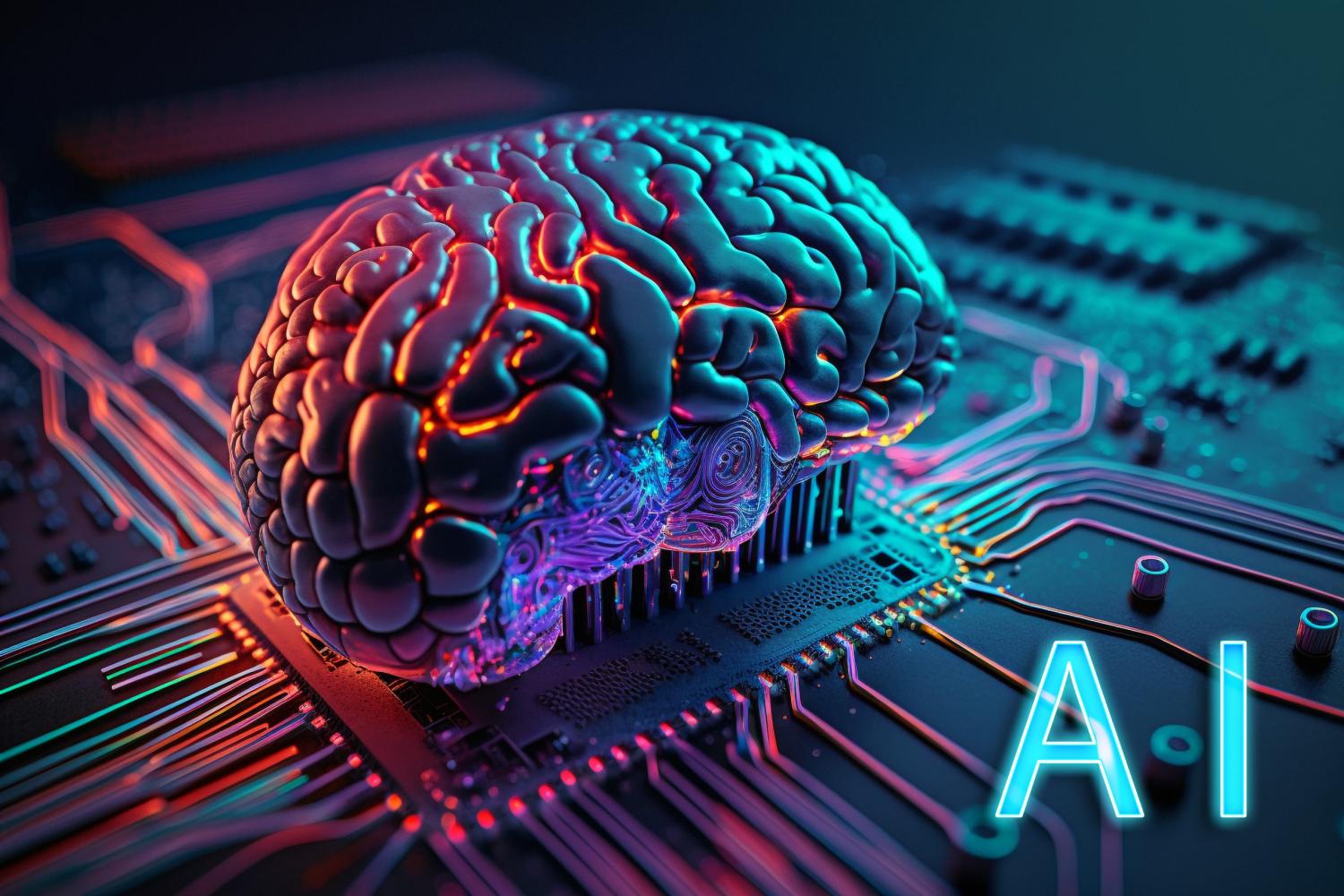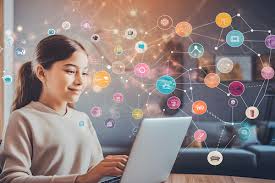
Cam Tu Nguyen | Student Life Editor
September 26, 2025
Artificial intelligence, commonly referred to as AI, quickly became one of the most utilized technological tools of this generation, especially among teenagers. Many students today have the privilege of accessing advanced technology such as ChatGPT, which is reshaping how people learn in both positive and negative ways. While AI promotes efficiency and convenience by making information easier and quicker to access, it can also harm how students truly learn by encouraging dependence, reducing creativity, and weakening essential skills.
One major concern is that AI encourages students to rely too heavily on technology. Instead of working through challenges and developing problem solving skills, many simply use AI for instant solutions. For example, students often use apps like Photomath to solve math problems or ChatGPT to generate essays. This habit allows them to skip the process of critical thinking and simply copy answers. As a result, their creativity and understanding of the subject will weaken over time due to constant dependence. Additionally, when AI is misused, it can deteriorate creativity. True learning requires imagination, original thought, and the ability to form your own ideas. When students rely on AI to write essays or complete assignments, they limit their ability to think critically and independently. This not only slows down personal growth, but can also lead to plagiarism and unfair advantages. As researchers from the University of Illinois explained, “it undermines the education and learning process for those who do cheat.” A student who uses AI may earn a higher score than one who worked honestly and independently, which ultimately creates an unfair environment.

However, AI is not entirely negative when used responsibly. From another perspective, it can help students learn more efficiently and enhance their work. Rebecca Supran, a sophomore at San Clemente High School, stated, “If you use it to your advantage then it’s good.” Used as a support rather than a substitute for learning, AI can help students brainstorm, review material, and get clarification on difficult concepts. Moreover, Ms. Dutton, an IB coordinator and English teacher at San Clemente High School, agreed that the problem lies in how students use the technology. She explained that AI is harmful only when students use “it as a crutch and as a replacement for your thinking rather than as a way to enhance your work.”
In the end, AI is a powerful tool that can have either positive or negative impacts depending on how it is used. When students use it responsibly, it can support learning, save time, and expand access to knowledge. When misused, it has the power to weaken creativity and encourage academic and personal dishonesty.

Leave a Reply